Optimal Timing for Foundation Repairs
Foundation repairs are most effectively performed during specific times of the year when environmental conditions support proper work conditions and long-term stability. Understanding the optimal timing can help ensure the durability and success of repair projects.
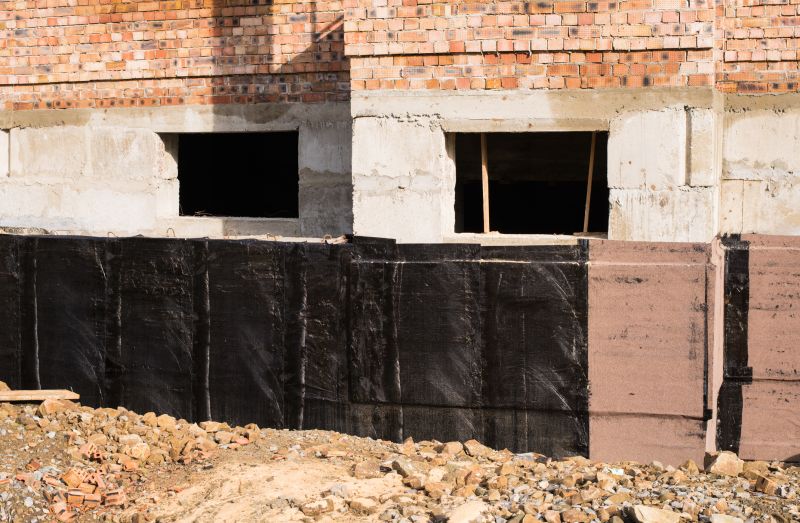
Spring offers moderate temperatures and manageable moisture levels, making it suitable for foundation work.
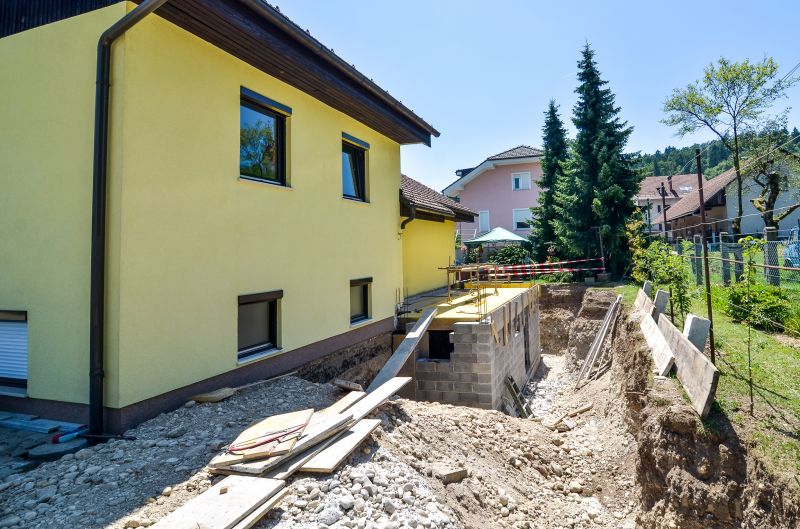
Summer provides longer daylight hours, but high temperatures and dry conditions can pose challenges.
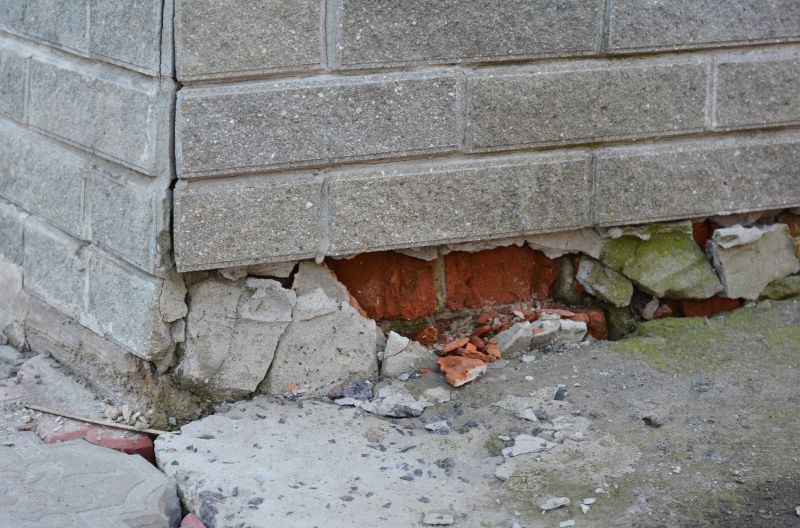
Fall typically features cooler temperatures and increased moisture, ideal for certain repair methods.

Ways to make Foundation Repairs work in tight or awkward layouts.
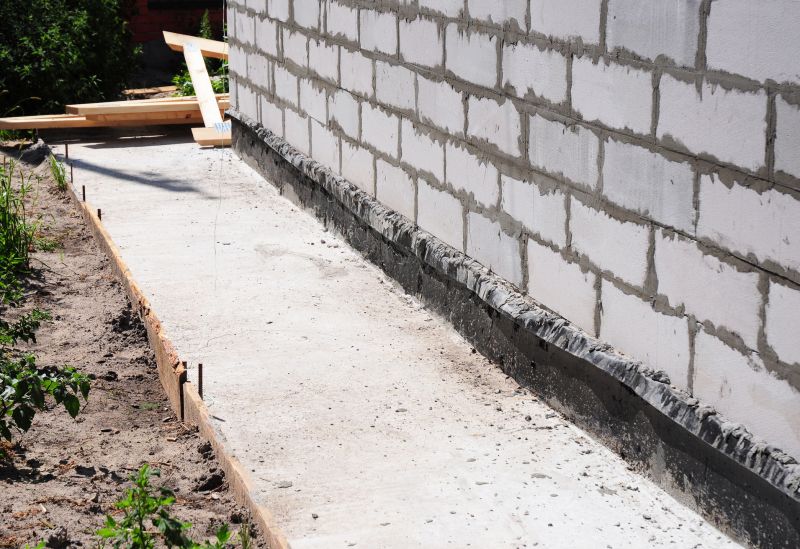
Popular materials for Foundation Repairs and why they hold up over time.

Simple add-ons that improve Foundation Repairs without blowing the budget.
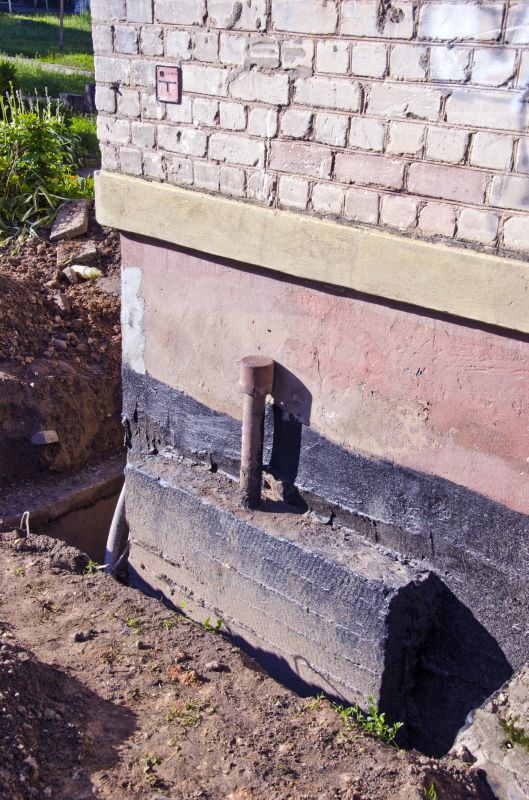
High-end options that actually feel worth it for Foundation Repairs.

Finishes and colors that play nicely with Foundation Repairs.
Foundation repairs involve addressing structural issues caused by soil movement, water damage, or settling. Proper repair techniques include underpinning, wall stabilization, and crack injection. These methods restore stability and prevent further damage, potentially saving homeowners significant costs in the long run.
Moderate weather conditions facilitate effective soil stabilization and concrete curing.
Cooler temperatures and increased moisture can enhance soil compaction and support repair longevity.
Winter is generally avoided due to freezing temperatures that hinder proper curing and can cause further damage.
High heat and dry conditions require careful planning to prevent rapid curing issues.
| Season | Optimal Conditions |
|---|---|
| Spring | Moderate temperatures, manageable moisture |
| Summer | Long daylight hours, potential heat stress |
| Fall | Cooler temperatures, increased moisture |
| Winter | Freezing temperatures, generally unsuitable |
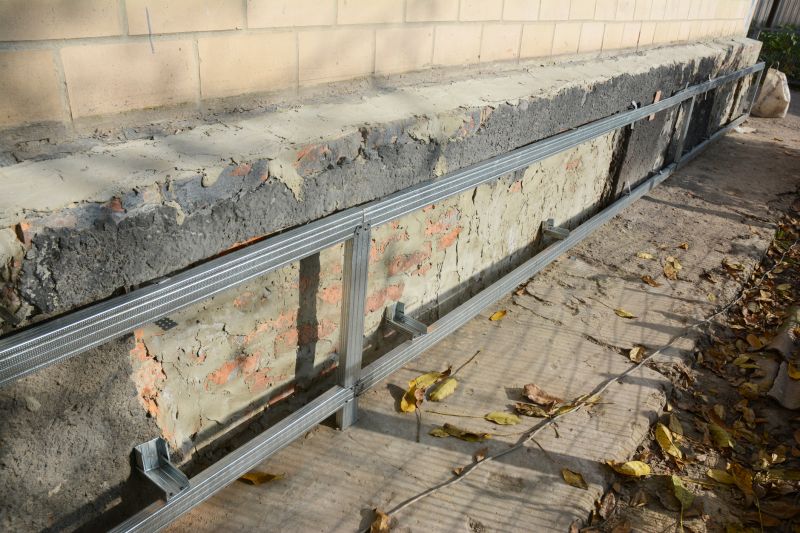
Spring's favorable conditions support effective foundation stabilization.
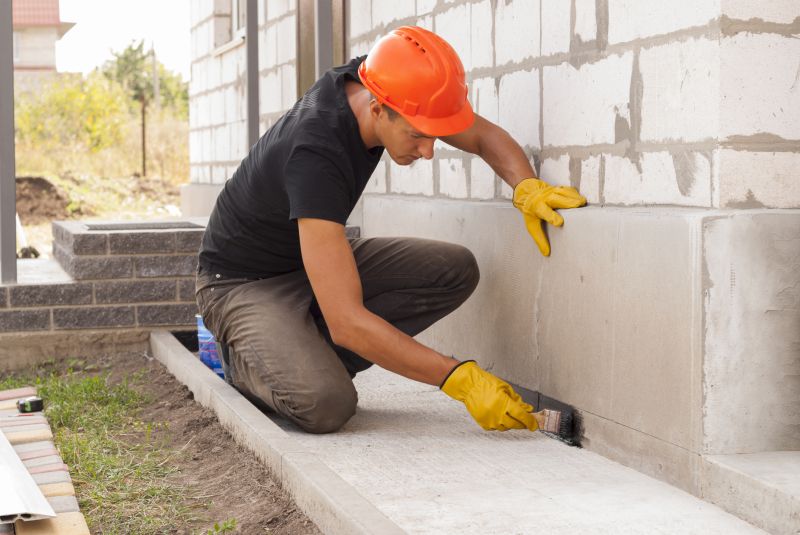
Fall's cooler weather helps in soil compaction and concrete curing.

Summer requires planning for high temperatures and dry conditions.
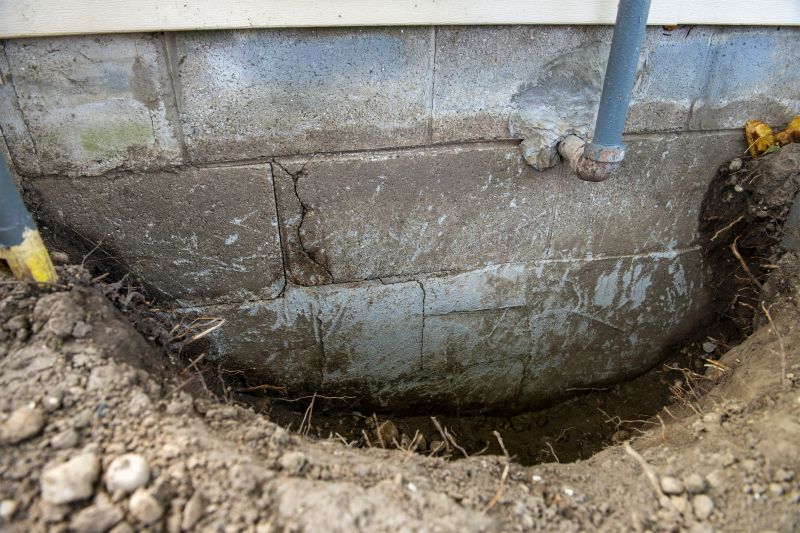
Winter is typically avoided due to freezing temperatures.

Little measurements that prevent headaches on Foundation Repairs day.
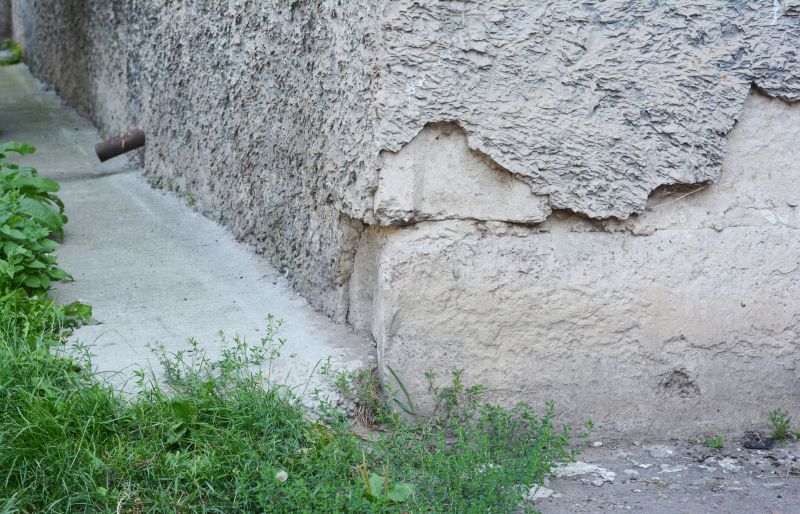
A 60-second routine that keeps Foundation Repairs looking new.
Timely foundation repairs can prevent costly structural failures and preserve the integrity of a building. Recognizing the best seasons for repair work ensures that conditions support effective execution and long-lasting results.

Visual overview of underpinning, wall stabilization, and crack injection methods.
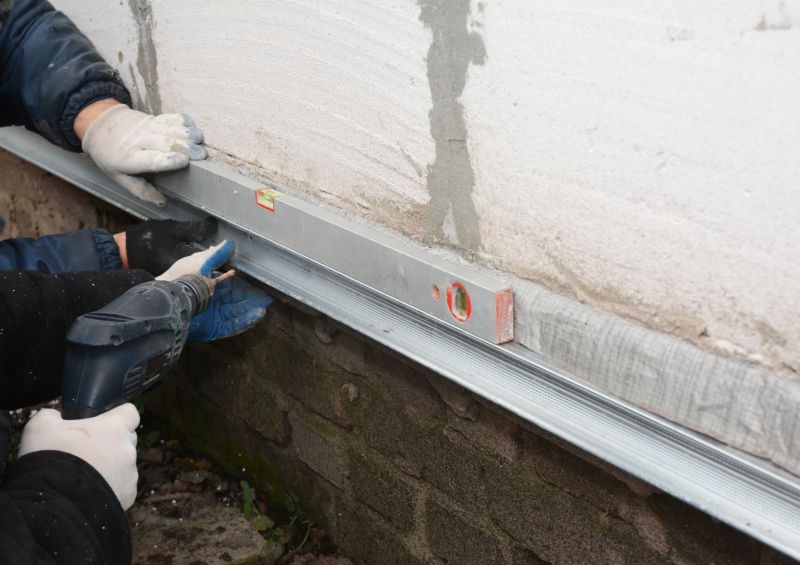
Tools and machinery used in foundation stabilization projects.
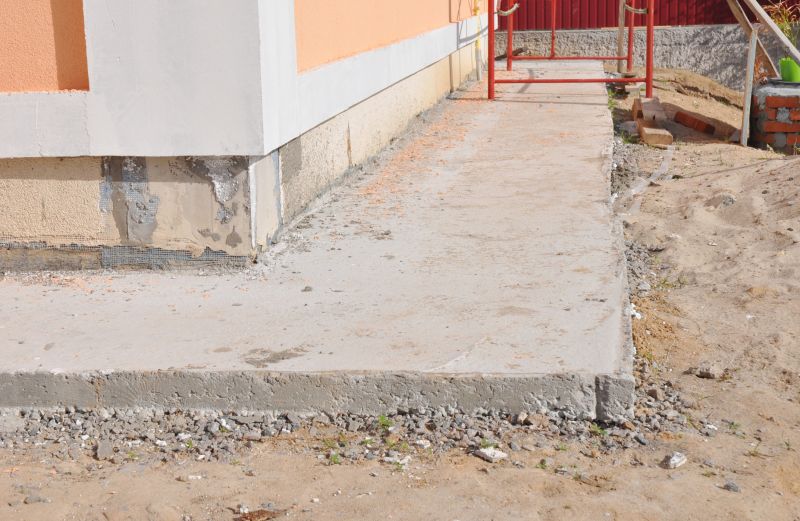
Visual examples demonstrating the effectiveness of foundation repairs.
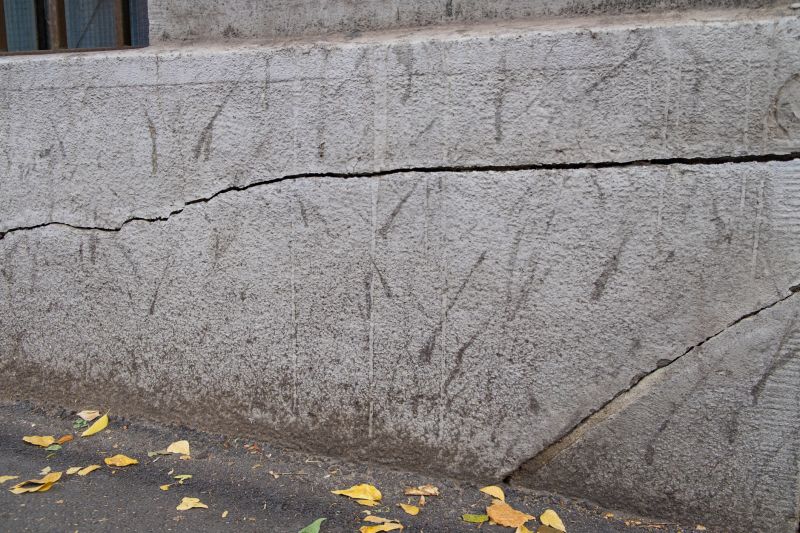
Close-up images showing common crack patterns addressed during repairs.

A frequent mistake in Foundation Repairs and how to dodge it.
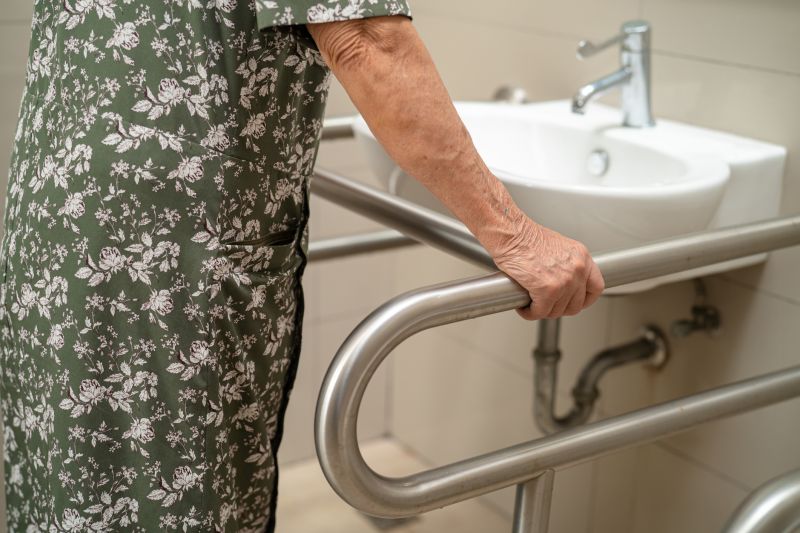
Small tweaks to make Foundation Repairs safer and easier to use.
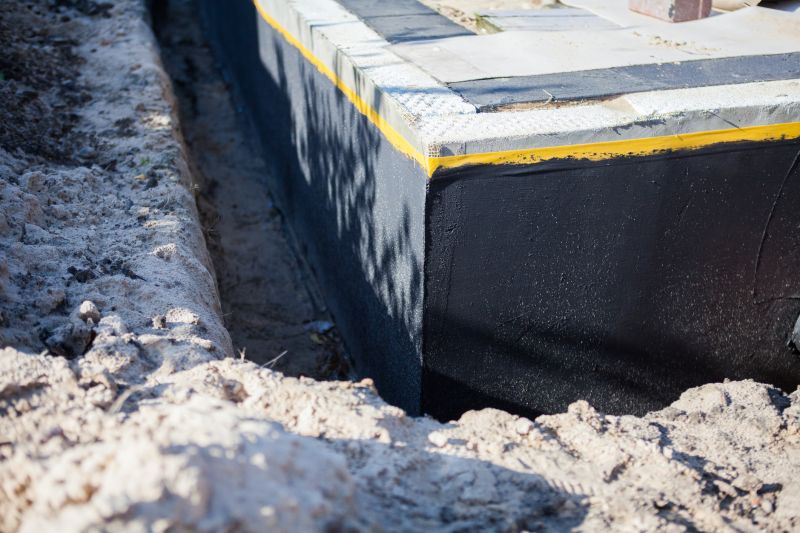
Lower-waste or water-saving choices for Foundation Repairs.

The short, realistic tool list for quality Foundation Repairs.
Interested property owners can consider scheduling foundation assessments during the optimal seasons to ensure the best results. Proper timing, combined with professional expertise, contributes to the longevity and stability of the structure.



